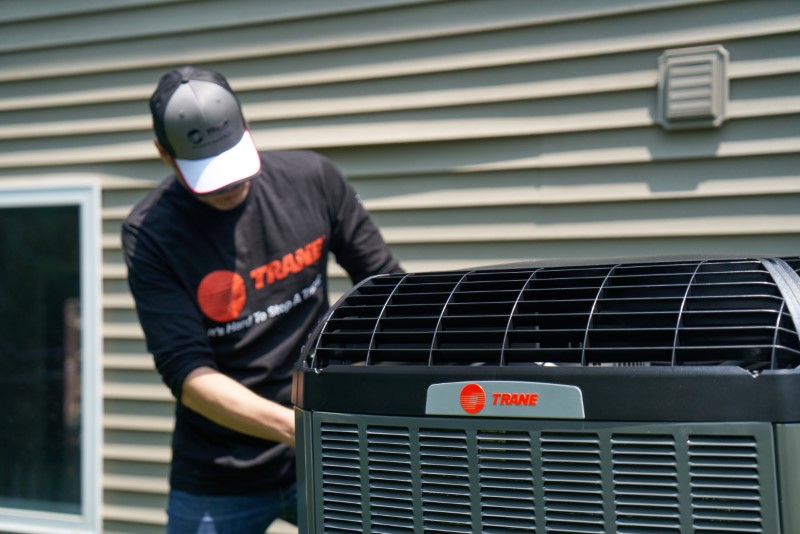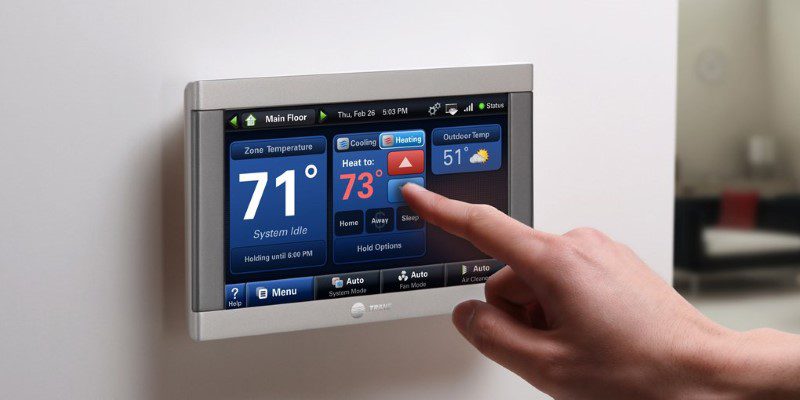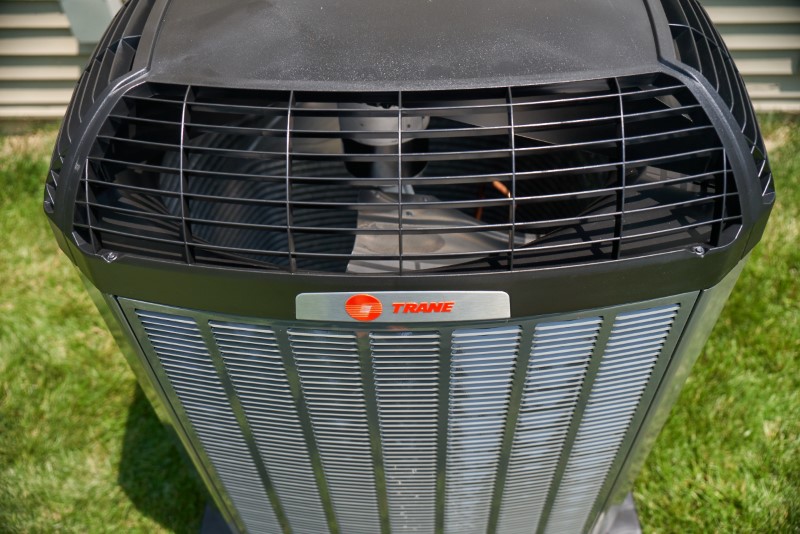As Florida moms and homeowners, we all understand the value of a well-functioning home central heating and cooling system. Not only does it keep your home comfortable (a.k.a. livable) year-round, but it also plays a significant role in maintaining good indoor air quality for you and your family. However, like any other household appliance, your HVAC system won’t last forever. So how do you know when it’s time to replace rather than repair your central HVAC system? I reached out to my friends at Trane Residential to find out…

When to Replace Your Central Heating and Cooling System: A Florida Mom’s Guide
Signs It’s Time for a New HVAC System
If your air conditioner seems to need repairs more frequently as it ages, it might be more cost-effective to invest in a new unit. An industry-accepted guideline, known as the $5K rule, can help make this decision clearer. Multiply the age of your equipment by the estimated repair cost. If the result is less than $5,000, go ahead and repair it. If it’s over $5,000, it’s time to consider a replacement.
Also keep in mind, if your current central heating and cooling system is more than 10 years old, upgrading to a more energy-efficient system could save you over $500 a year in utility bills*. Keep an eye out for special discounts or rebates from dealers or manufactures such as these current deals shared by Trane to maximize your savings!
The Impact of Age on Central Heating and Cooling Systems
As your air conditioner gets older, especially past the 10-year mark, or if your system has had multiple repairs in the last 3 years, you probably need to start considering a replacement. Older central heating and cooling systems are more likely to break down frequently, and manufacturers might discontinue certain parts, making them harder to replace. Other tell-tale signs include increasing utility bills, odd noises or odors from the system (yuck!), and an expired or soon-to-expire warranty. If you think of the long-term value, you’ll get more out of a new system if you plan to live in your house a while.

Balancing Energy Efficiency and Cost
When your current HVAC system’s SEER rating is below today’s minimum standard of 13, it might be time for an upgrade. What is a SEER rating, you ask? In a nutshell: it measures the energy efficiency of air conditioning units much like cars measure miles per gallon.
Modern systems, such as those offered by Trane, are more energy-efficient than older models and often come with Energy Star® certification, reducing energy use by about 35% and saving over 8,000 pounds of greenhouse gas emissions per year.
Features to Look for in a New HVAC System
Modern HVAC systems offer innovative features that your current system might lack. These include smart thermostats, zoning options, and variable-speed technology. When choosing a new system, consider these features and discuss with your technician how they can benefit your home.

The Importance of Proper Sizing and Capacity
The size and capacity of your central heating and cooling system play a crucial role in determining whether a replacement is necessary. Home renovations or additions can affect your system’s effectiveness, as your current unit may lack the capacity to cover the added space. An oversized system can decrease efficiency and increase wear and tear on your system, while an undersized unit will constantly operate to meet demand.
Regular HVAC service checks can help keep your system running efficiently. Just like a car, your HVAC system needs to warm up before shifting into full gear! And don’t forget to dedicate time to seasonal maintenance. What might seem like a minor issue now could become an expensive one later if you don’t address it.
The bottom line? Your central heating and cooling system is a significant investment in your Florida home and your family’s comfort, especially during our memorable summer months. When deciding between repairing and replacing, make sure you’re making the most cost-effective and energy-efficient choice.
Thank you so much to our Trane partners for this helpful advice!

*Based on Energy Star’s Savings Calculator for a 3-ton 21 SEER/10 HSPF heat pump and programmable thermostat versus the industry standard 13 SEER/7.7 HSPF 3-ton heat pump and standard thermostat in St. Louis, MO.
Sponsored: This when to replace your central heating and cooling system blog post was sponsored by Trane Residential. All opinions expressed in this blog post are my own and not influenced in any way by the sponsor. Any statistic, quote or other representation about a product or service should be verified with provider and please refer to this site’s Disclosure for more information. I have been compensated, but that does not impact my views or opinions.

